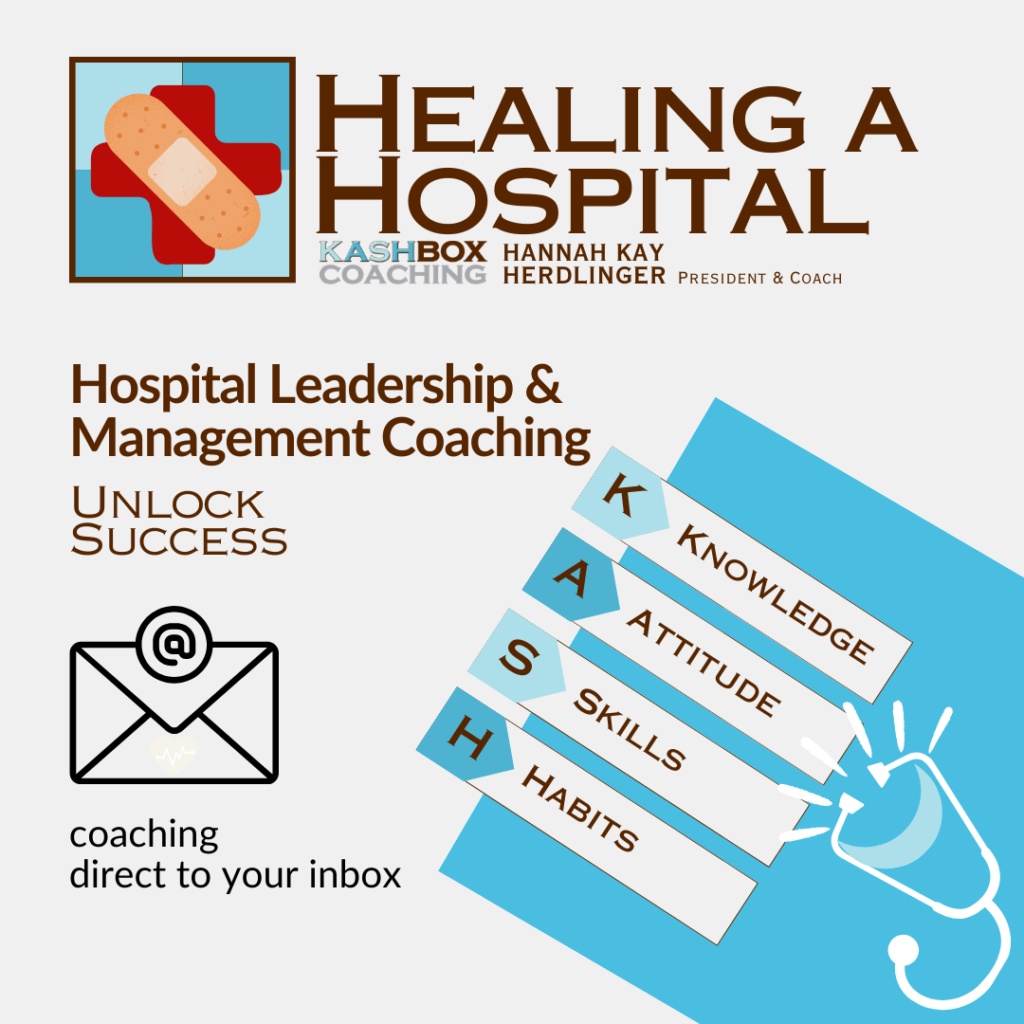Kashbox Coach Notes

Habitology: Engineering Personal Growth in the Laboratory of Life
Engineering personal growth requires curiosity about one's own life. Habits are the invisible architecture of daily life.
Read Coach Note
The Quantum Leap of Skills: Where Science Meets Corporate Mastery
"Quantum Leap of Skills," a phenomenon where leaps in understanding and capability are not incremental but exponential skill development.
Read Coach Note
Alchemy of Attitudes: Transmuting Corporate Culture into Pure Gold
The modern alchemy we speak of is not of metals, but of attitudes, aiming to transmute the very essence of corporate culture into something
Read Coach Note
Unlocking the DNA of Success: Genetic Coding in Business Strategies
There's a metaphorical genetic coding in successful business strategies that, when deciphered, can unleash unparalleled growth...
Read Coach Note
Crafting Change: The Artisan’s Approach to Transformational Leadership
Transformational leadership is not just a buzzword but a vital skill, akin to an artisan perfecting their craft.
Read Coach Note
The Mindful Manager: Applying Eastern Philosophy in the Western Boardroom
Time is currency and decisions are measured in profit margins, an Eastern approach is making an unexpected resurgence - the Mindful Manager.
Read Coach Note
Navigating the Innovation Galaxy: A Comprehensive Guide to Creative Problem-Solving
A journey through the nebula of innovation and a roadmap to mastering the art of creative problem-solving for corporate leaders.
Read Coach Note
The Compassionate Leader: An Exploration of Empathy in the Workplace
The shift towards compassionate leadership is not accidental. Its a response to a changing world and increasing value of human connection.
Read Coach Note
Trailblazing Teams: Navigating the Path from Chaos to Collaboration
Modern business is marked by complexity, ambiguity, and rapid change. To survive organizations need trailblazing teams.
Read Coach Note
Habit Harvesting: Cultivating Daily Practices for Lifelong Achievement
Habit harvesting is the art of selecting, nurturing, and cultivating these seeds to transform daily practices into lifelong prosperity.
Read Coach Note
The Choreography of Success: Mastering Skills in the Dance of Leadership
A leader must master skills for the intricate dance of business leadership success that encompasses knowledge, attitudes, skills, and habits.
Read Coach Note
Building Bridges: How Attitudes Shape Corporate Culture and Drive Success
Attitudes within the organization can serve as barriers or bridges. Corporate culture can either stifle success or foster growth.
Read Coach Note
Knowledge
Attitudes
Skills
Habits

























